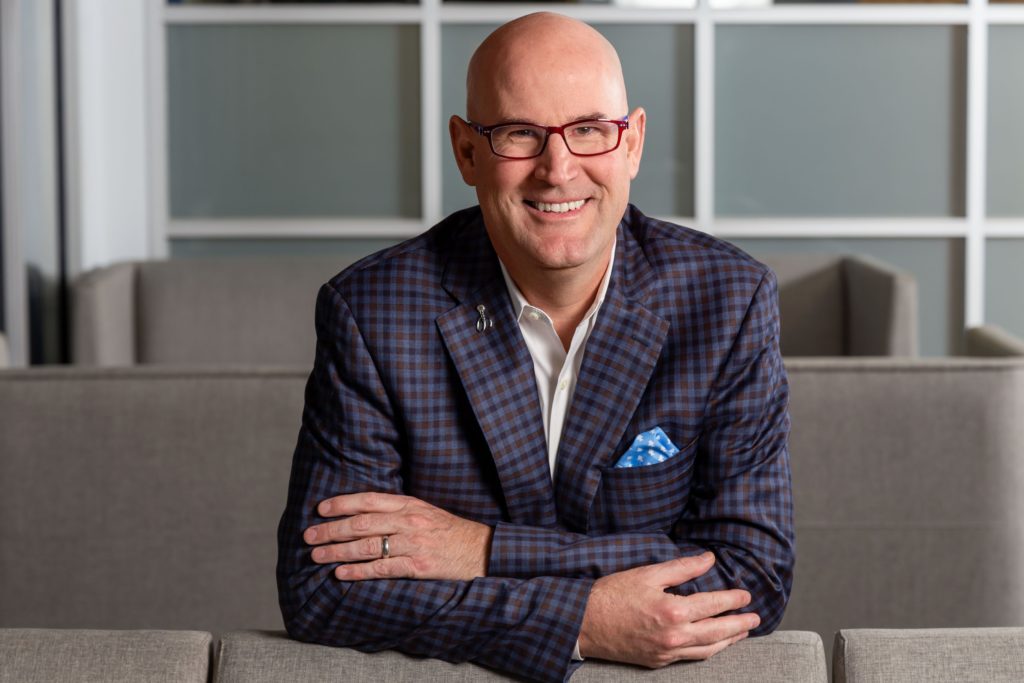Ketchup has both a saucy and fishy history. The word stems from the word Malay word “kecap.” Back in the 17th century, catsup comprised of spicy, pickled fish sauce and was popular in Europe.
Europeans resisted putting tomatoes in catsup. Why? Because they looked nearly identical to deadly nightshade berries. In the 1800s the fruit began to bloom in America. The tomato was purported to have medicinal qualities and became a staple in catsup. But filthy production and harmful preservatives made it in some cases lethal.
Enter Henry J. Heinz who began bottling in 1876. He changed the name to ketchup, used clear bottles, and focused on employees.
According to Fast Company,
“Heinz was a visionary, a morally strong man who believed that “heart power is better than horse power.” [His] factories were models of progressiveness. Not only were Heinz employees given free life insurance, doctor/dental services, but also access to onsite cafeterias, gymnasiums, and roof gardens. The workers were also encouraged to be meticulously clean. At a time when many factory workers didn’t even have running water at home, Heinz provided fresh uniforms, free laundry service, and even an in-house manicurist.”
Takeaway – Treat your employees like they matter. . .and they will.
Follow me on Twitter or LinkedIn.

Stan Phelps walks the walk. He stands out in the sea of sameness by modeling his own Differentiated Experience (DX) message: Differentiation isn’t just about what you say, it’s about what you do and, more importantly, how and why you do it. Stan leverages his unique collection of 5,000+ case studies on customer, employee, and brand experience to engage audiences with informative learning-based experiences. He believes purposeful DX wins the hearts of employees and customers, and differentiation ultimately boosts loyalty, retention, referrals, and results.
Find Stan’s in-person and virtual keynotes, workshops, and Goldfish tank programs at StanPhelps.com.

